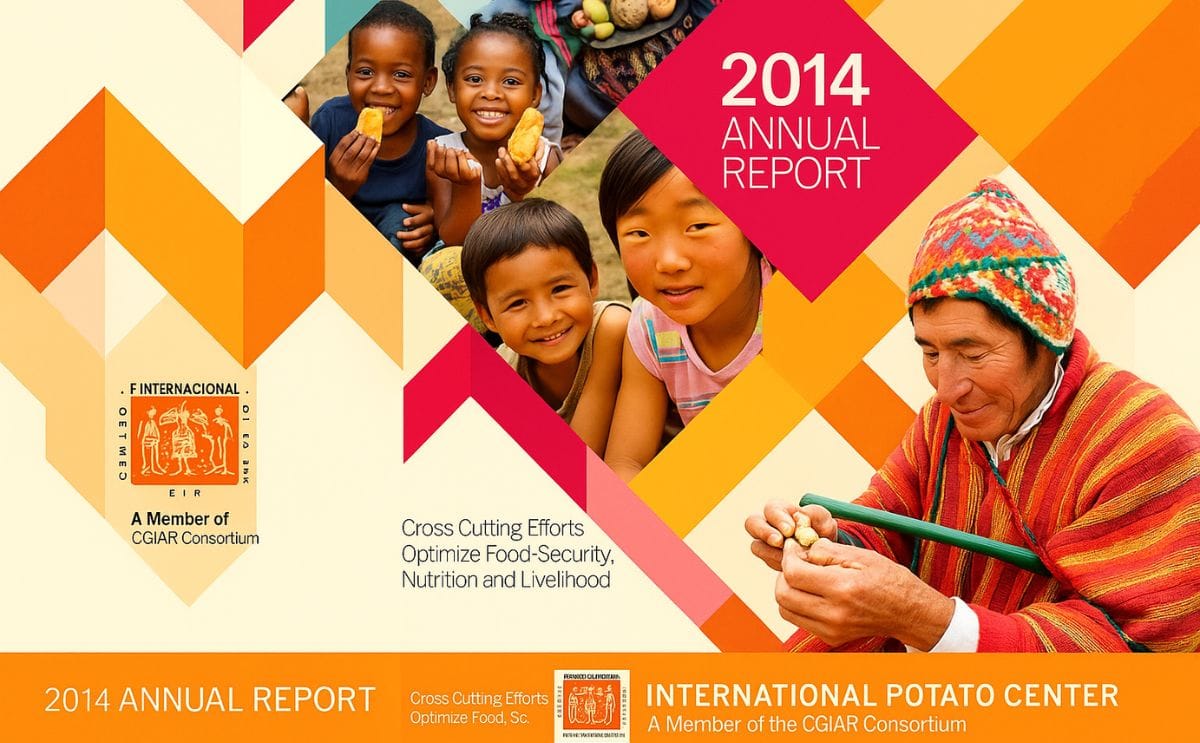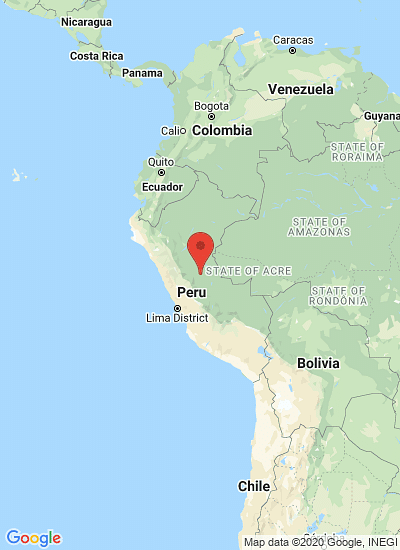International Potato Center (CIP) annual report 2014
International Potato Center (CIP) publishes 2014 annual report

The three cross cutting themes of gender, partnerships, and capacity building are the main focus of the 2014 CIP annual report. Cooperation is the common thread that binds them all. In addition to finding out more about CIP’s 6% growth in revenue, the annual report provides on-the-ground vignettes of how CIP is “brokering relationships” that benefit the world’s poor. Case studies on the inclusion of women in Bangladesh, the growth of National Agriculture Research Systems (NARS) in Africa, and how a partnership with the local government in Odisha, India is enhancing sweet potato production and improving incomes, are highlighted.
CIP’s commitment to gender inclusion has helped shape programming that finds innovative solutions that account for issues rooted in history and tradition. In Bangladesh for example, where a large percentage of women are land-poor CIP has trained women’s groups in farming that requires little land and instead relies on home gardens and producing grafted tomato and eggplant seedlings and sweetpotato vine cuttings for sale. These productive activities help women provide more balanced diets to their families and gain control of their income and overall lives.
CIP began breeding locally 10 years ago. Instead of developing new varieties in Peru and shipping them abroad CIP now work with NARS to find local solutions to local problems. This approach takes advantage of the genetic diversity of local sweetpotato populations and builds the capacity of national breeding programs. Through the Bill & Melinda Gates Foundation sponsored Sweetpotato Action for Security and Health in Africa (SASHA) CIP provides the latest technology and uses training and knowledge sharing to help breeders adopt new tools and methods. This allows CIP and its partners to develop resilient sweetpotato varieties with a high nutrient content while emphasizing specific traits that are found desirable in a particular region: virus resistance (East Africa), drought tolerance (South Africa) and low sugar content (West Africa). Since 2009, an impressive 46 new sweetpotato varieties have been released in Sub-Saharan Africa including 37 of which are the micronutrient packed orange-fleshed sweetpotato (OFSP).
A successful OFSP pilot in Odisha, India led the government to recommit to working with CIP for an additional four years in a “mega-project” called GAINS (Generating Advances in Incomes and Nutrition through Sweetpotato). Although Odisha is India’s biggest sweetpotato producer it is plagued with a historically low productivity — 9.1 tons per hectare, 6 tons less than the Asian average. The initial pilot was launched in 2012 and trained farmers and technicians in sweetpotato cultivation while disseminating knowledge on the potential to improve nutrition and a household’s income through sweetpotato farming. The results were encouraging—a 20% to 50% increase in sweetpotato yields in all three target districts.
The year 2014 continued CIP’s upward trend in financial health. From 2012 to 2014 CIP won an additional $15 million in funding. This additional revenue is due in large part to donors allocating funds to specific CGIAR centers. A breakdown of CIP’s finances as well as where to go for a full financial background can also be found in the annual report.






